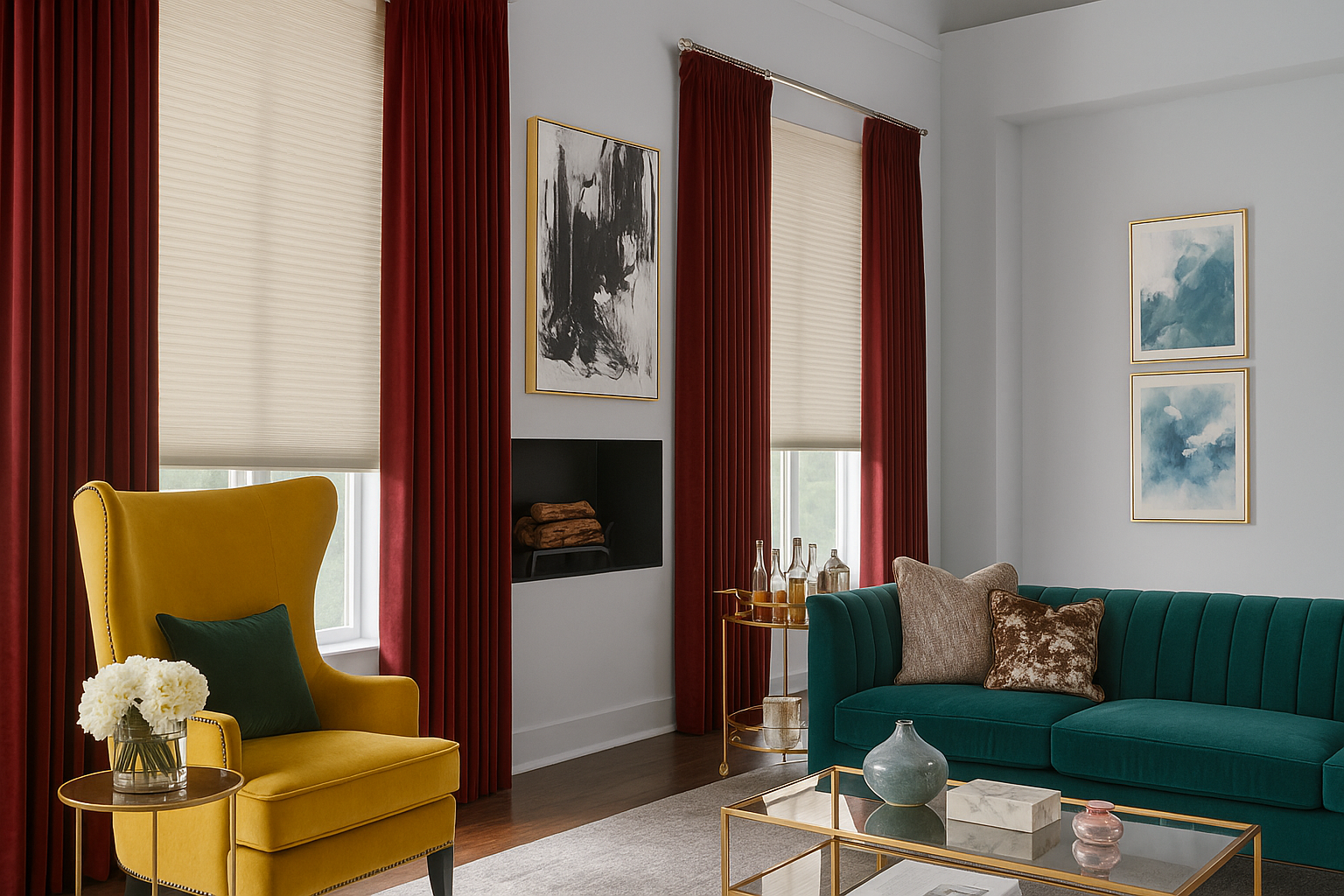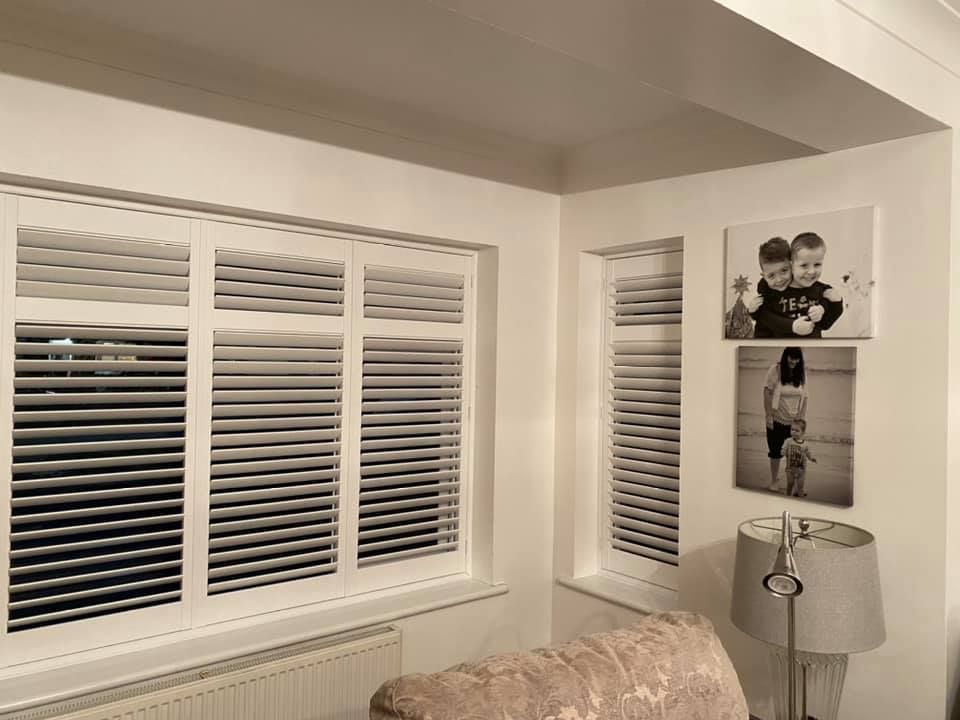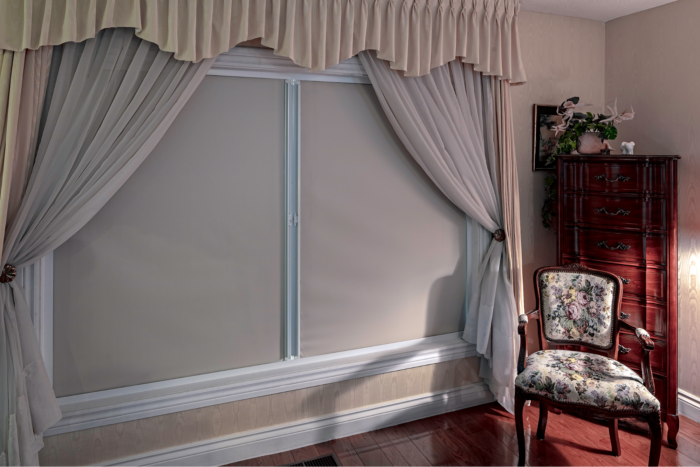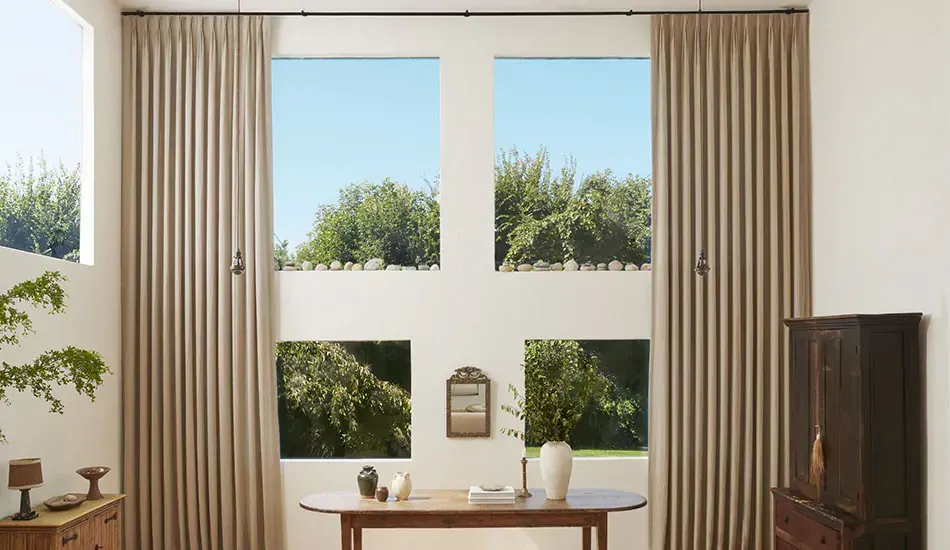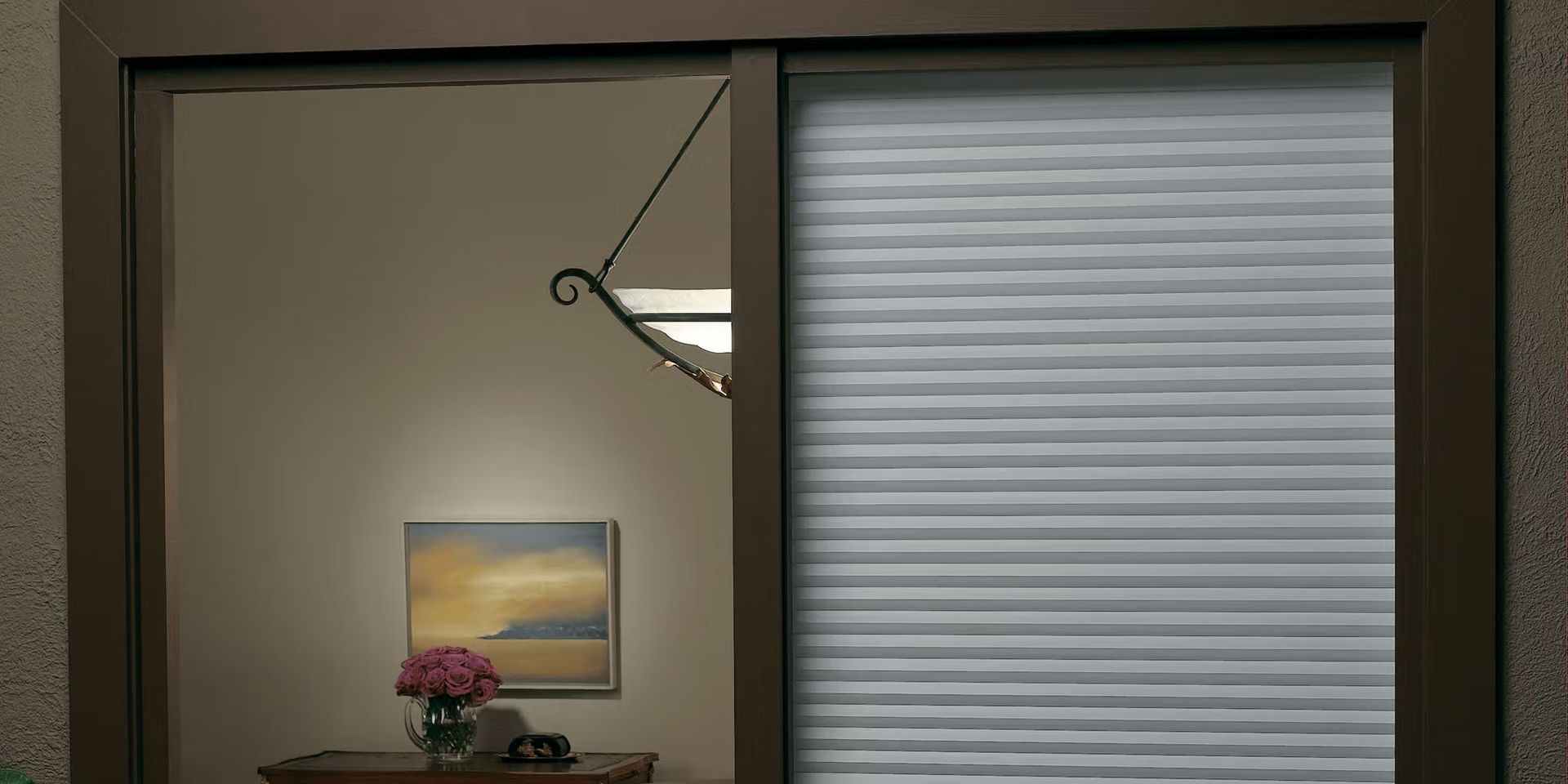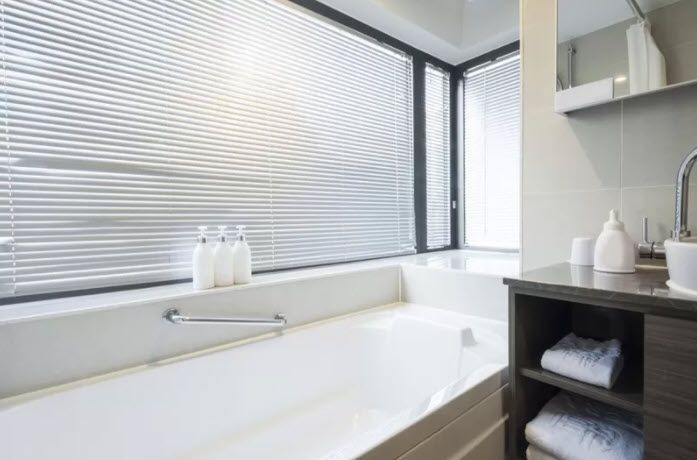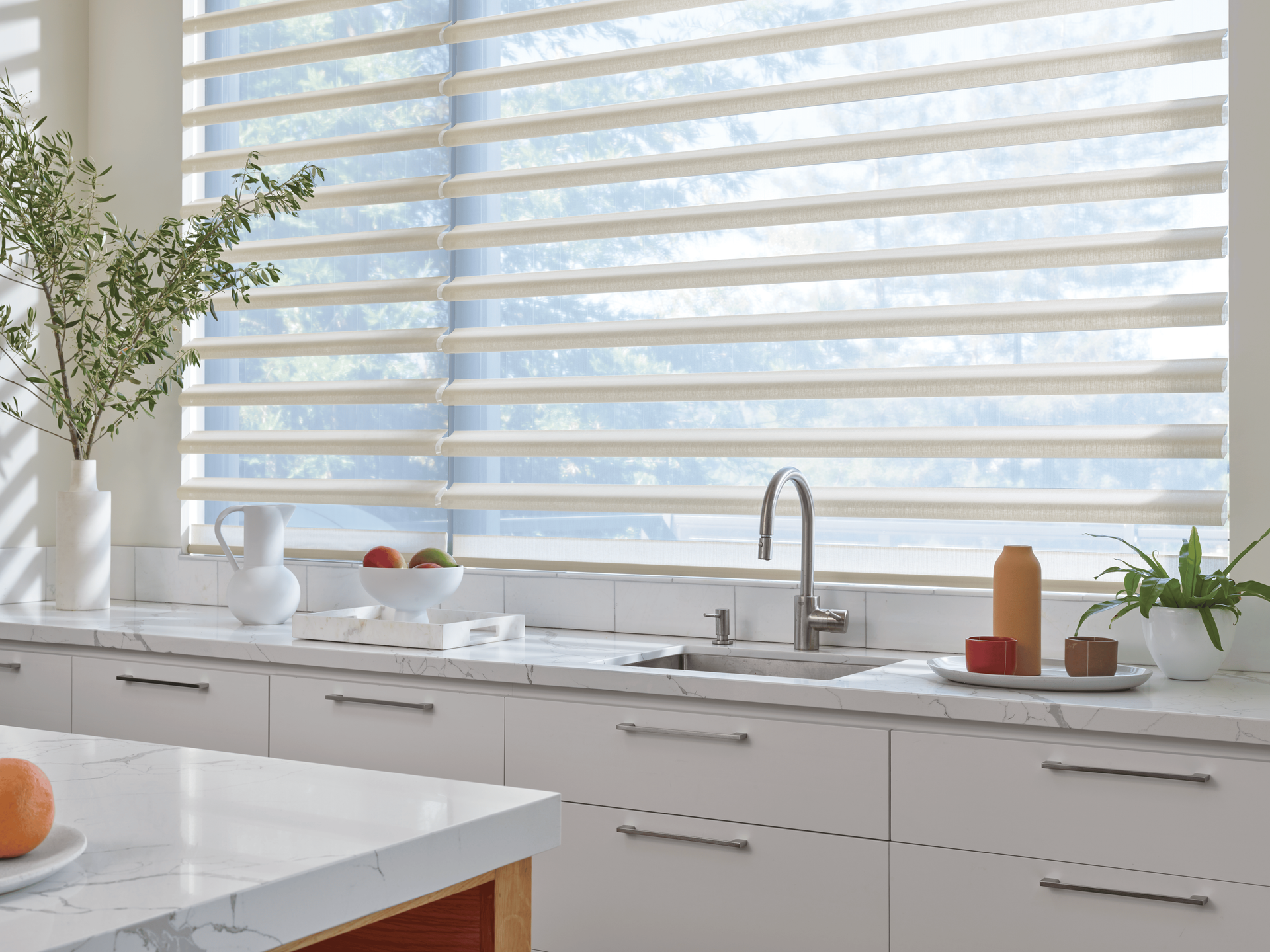Cellular vs. Pleated Shades: What’s the Difference?
TLDR;
Cellular shades (also called honeycomb shades) offer better insulation and energy efficiency due to their multi-layered cell design, while pleated shades provide a similar look at a more affordable price but with less insulation. Choose cellular shades for performance and pleated for cost-effective style.
Key Differences at a Glance
| Feature | Cellular Shades | Pleated Shades |
|---|---|---|
| Structure | Multi-layer honeycomb cells | Single-layer folded fabric |
| Insulation | Excellent (traps air) | Basic |
| Light Control | Light filtering to blackout | Mostly light filtering |
| Appearance | Smooth, modern | Crisp, accordion-style |
| Cost | Higher (long-term ROI) | Lower (budget-friendly) |
| Use Case | Bedrooms, nurseries, home offices | Living rooms, sunrooms, decorative areas |
| Durability | Long-lasting | Moderate durability |
| Sound Absorption | Good | Minimal |
| Energy Savings | Up to 22% heat loss reduction | Limited savings |
Why Shade Types Impact Comfort and Cost
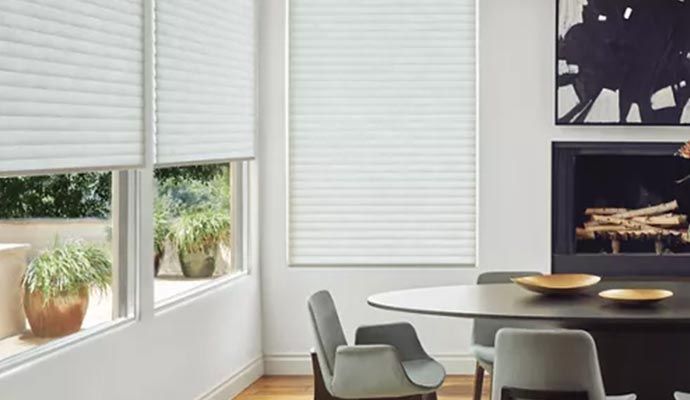
Choosing the right window treatment isn't just about aesthetics. It's about energy bills, comfort, and how your space feels every day. At Love Is Blinds MI, we’ve helped hundreds of homeowners weigh the differences between shade types, and the choice often comes down to performance vs. price.
Shades affect:
- Home insulation and utility bills
- Privacy levels during day and night
- Light control for work and sleep environments
- Style cohesion with your interiors
Both cellular and pleated shades offer great light control, but understanding their structural and functional differences helps make a smart investment.
What Are Cellular Shades?
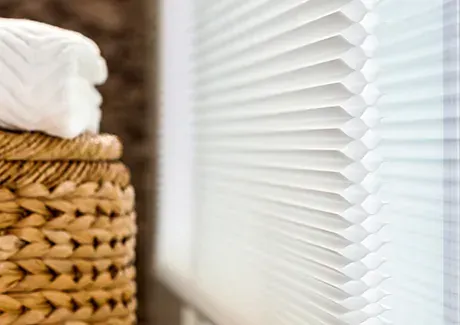
Cellular shades, also known as honeycomb shades, are engineered for energy efficiency. They feature a unique structure of air-trapping cells that create a thermal barrier between your window and your room.
Construction:
- Layers of fabric bonded to form hexagonal “cells”
- Available in
single,
double, and even
triple-cell designs
Benefits:
- Exceptional
thermal insulation
- Helps reduce heating/cooling costs
- Available in
light-filtering,
room-darkening, or
blackout options
- Adds a
modern, sleek look to any room
- Helps
reduce noise from outside
Ideal Rooms:
- Bedrooms (privacy + blackout)
- Nurseries (soft light + insulation)
- Home offices (glare reduction)
If keeping your space comfortable year-round is a priority, cellular shades are your go-to.
What Are Pleated Shades?
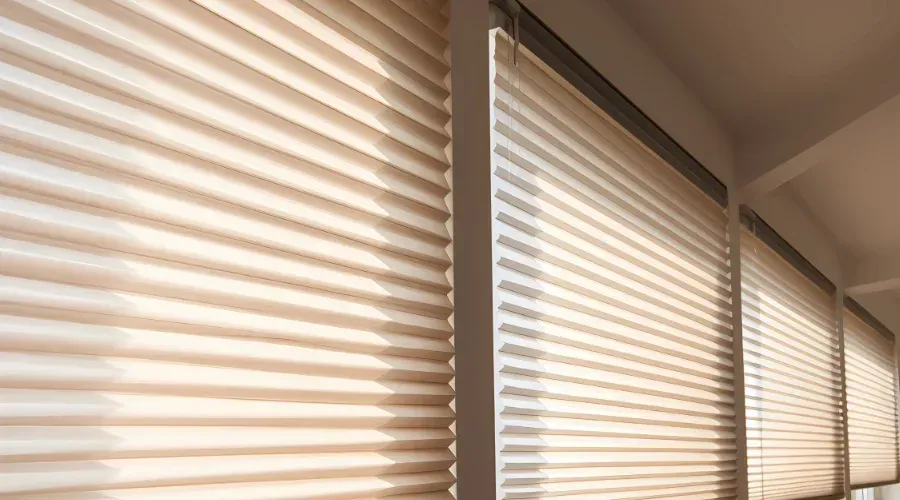
Pleated shades offer the appearance of cellular shades but are more budget-friendly. They’re made from a single layer of fabric folded like an accordion.
Construction:
- One continuous sheet of folded fabric
- Typically made from woven or non-woven polyester
- Offers a wide variety of
colors, textures, and patterns
Benefits:
- Crisp, clean aesthetic
- Great for
decorative purposes
- Lighter on the budget
- Simple
manual operation
Ideal Rooms:
- Living rooms (soft diffused light)
- Sunrooms (decorative function)
- Dining areas (accent shade)
Pleated shades are perfect when you want visual appeal without heavy insulation needs.
Cellular vs. Pleated Shades: Feature-by-Feature Breakdown
| Feature | Cellular Shades | Pleated Shades |
|---|---|---|
| Insulation | Excellent (multi-cell) | Basic (single layer) |
| Light Control | Full range, including blackout | Mostly light filtering |
| Cost | $$ (long-term ROI) | $ (budget-friendly) |
| Appearance | Smooth, minimalistic | Crisp, folded fabric |
| Durability | High (retains shape) | Moderate (pleats may sag) |
| Maintenance | Easy (vacuum or wipe) | Moderate (can wrinkle) |
Energy Efficiency: Why It Matters
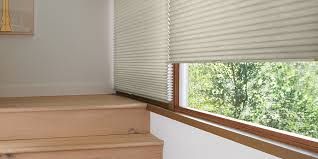
Insulation is one of the biggest differentiators.
- Cellular shades can reduce heat loss by
up to 22%, helping to lower your energy bills.
- The honeycomb design
traps air, acting like a blanket across your windows.
- Double-cell or triple-cell versions offer even better thermal performance.
On the other hand:
- Pleated shades lack the cell structure, offering minimal insulation.
- They’re ideal in climates where
temperature regulation isn’t a top concern.
For colder Michigan winters,
Love Is Blinds MI often recommends cellular shades to reduce heating loss and drafts.
Light Control and Privacy: Which Is Better?
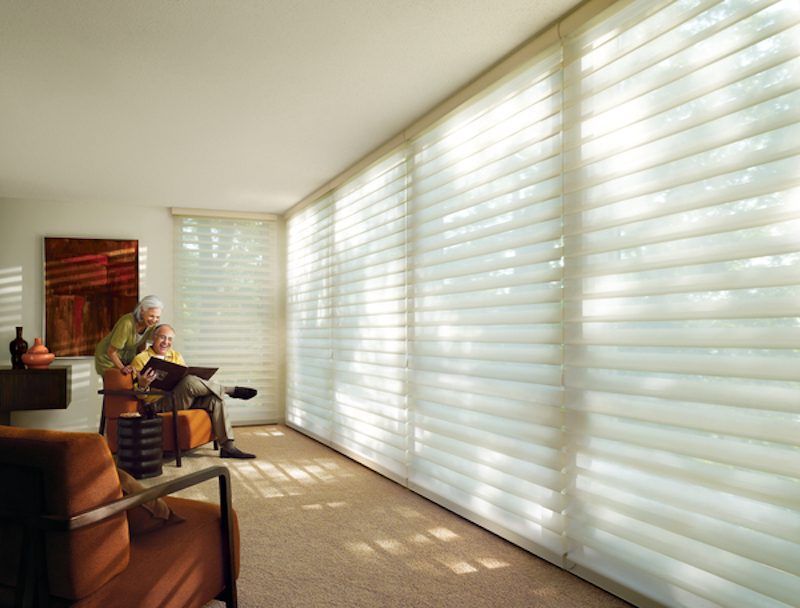
When it comes to managing natural light and ensuring privacy:
Cellular Shades
- Available in
light filtering,
room darkening, and
blackout styles
- Great for
bedrooms and media rooms
- Dual shades available (day/night flexibility)
Pleated Shades
- Primarily
light filtering
- Limited in
privacy and blackout control
- Great for
spaces where you want some sunlight with decorative appeal
If you're sensitive to light or need complete darkness, cellular shades are the better option.
Style, Material, and Design Options
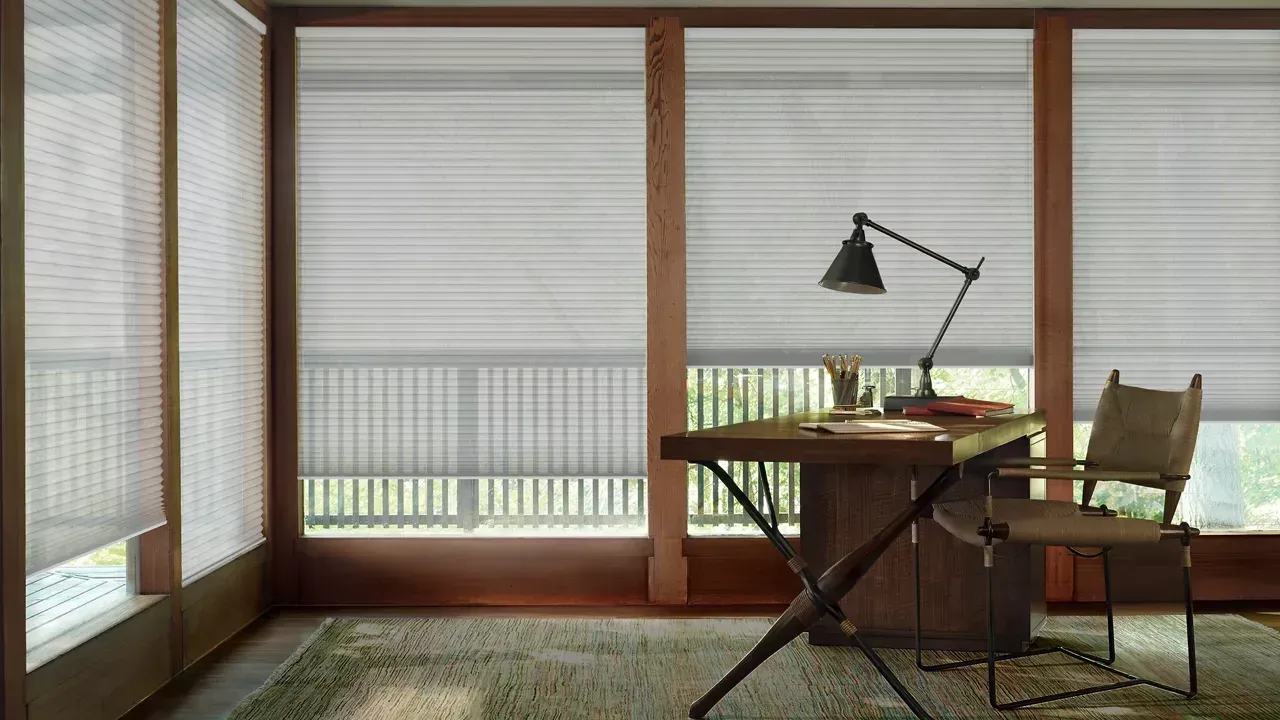
Cellular Shades:
- Available in solids or subtle textures
- Ideal for
minimalist, modern spaces
- Often come in
cordless and motorized options for a cleaner look
Pleated Shades:
- Wider range of
patterns and prints
- Great for
adding personality or accent colors
- Easier to pair with
traditional decor styles
Both options come in various sizes, and at Love Is Blinds MI, we offer customization for a perfect fit.
Cost Comparison: Which Fits Your Budget?
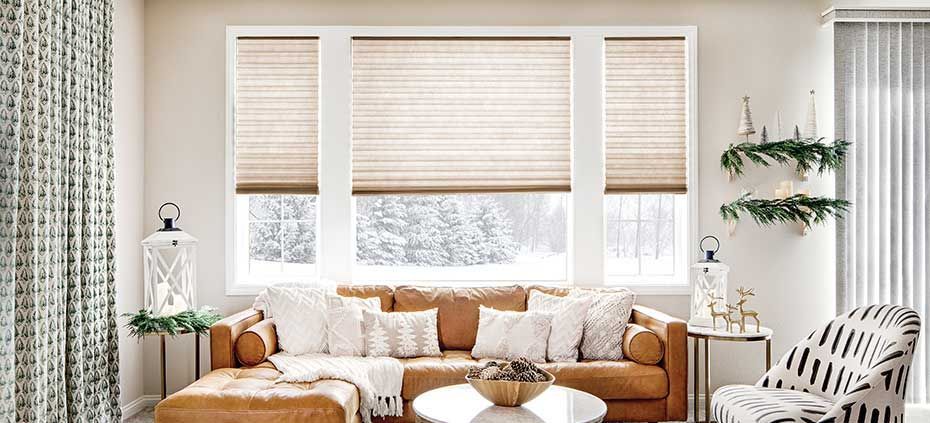
Pleated Shades:
- Typically cost
30–50% less than cellular shades
- Ideal for multiple windows or temporary needs
Cellular Shades:
- More expensive upfront
- Offer
ROI through energy savings and longer durability
- Premium versions include
motorized operation,
remote control, or
smart-home integration
If you plan to stay long-term in your home, investing in cellular shades pays off over time.
Maintenance & Durability
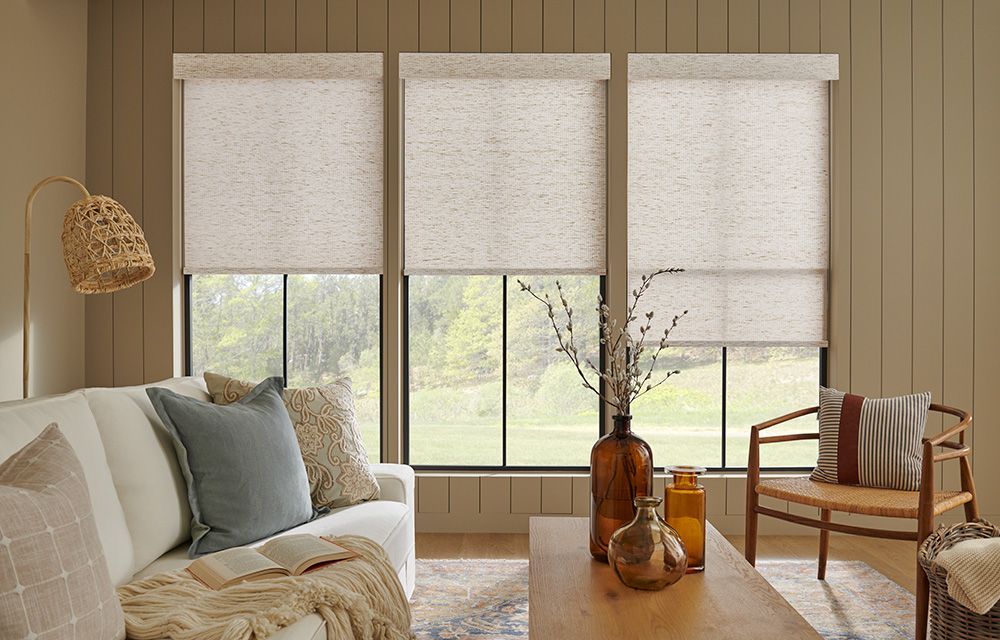
Cellular Shades:
- Retain shape well over time
- Easy to clean with
vacuum or damp cloth
- Made with anti-static, dust-repelling fabric
Pleated Shades:
- More prone to
losing their shape
- Fabric can wrinkle over time
- Best cleaned with
gentle vacuuming
Cleaning Tips by Material Type
- Polyester: Spot clean with mild soap
- Non-woven fabrics: Avoid harsh scrubbing
- Cordless mechanisms: Wipe gently around headrails
Durability matters if you have pets, kids, or high-traffic windows.
Eco-Friendliness & Sustainability
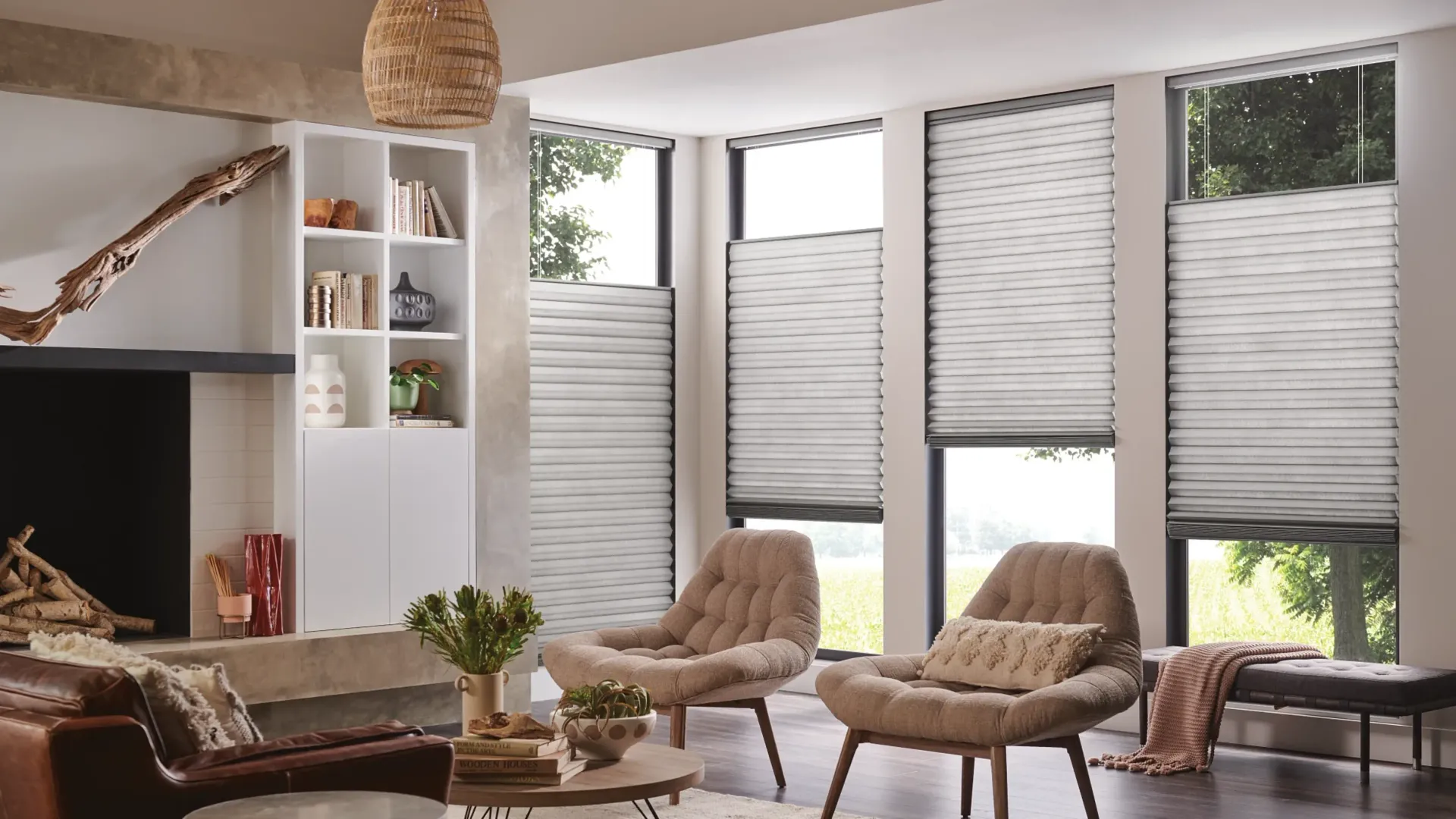
Cellular Shades:
- Often made with
recycled fabrics
- Some models come
Greenguard certified for low emissions
- Insulation reduces your
carbon footprint over time
Pleated Shades:
- Less sustainable due to
shorter lifespan
- Fewer eco-certifications available
For eco-conscious households, cellular shades align better with green living.
How to Choose the Right Shade for Your Needs
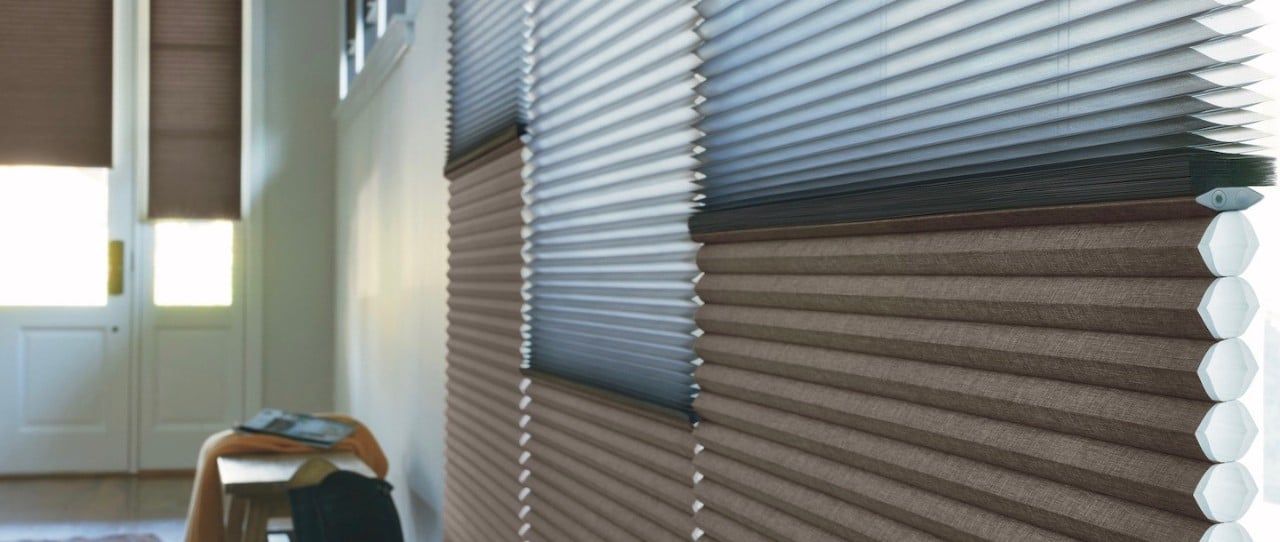
By Room:
- Bedroom: Cellular (blackout + privacy)
- Living Room: Pleated (aesthetic + soft light)
- Nursery: Cellular (insulation + quiet)
- Sunroom: Pleated (decorative + airy)
By Budget:
- Tight budget? Pleated
- Long-term savings? Cellular
By Climate:
- Cold winters/hot summers? Cellular
- Mild climate? Pleated
By Style Preference:
- Modern/clean? Cellular
- Decorative/traditional? Pleated
Love Is Blinds MI always recommends balancing performance, style, and cost based on your specific needs—especially when choosing between
custom blinds or shades for a personalized fit and look.
FAQs: Common Questions Answered


